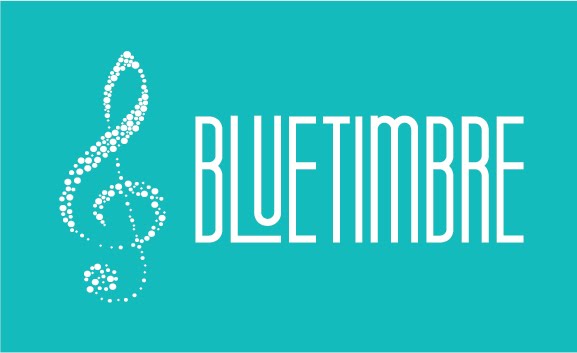
BlueTimbre is a Music hub with Music Education spaces, Jam Room and Recording studio located in India. BlueTimbre provides complete end-to-end Music Education solutions for schools. BlueTimbre management team comes with a decades of cumulative experience in running structured businesses, music curriculum development, music education and performance.
Tuesday 31 January 2017
Sunday 22 January 2017
3 Ways to improve Music Education at your School
3 Ways
to improve Music Education at your School
Principals, every child needs and deserves access
to subjects that go into being a well-rounded, well-educated person. Music programs are constantly in danger of being
cut from shrinking school budgets even though they're proven to improve
academics.
Article 1: How to Improve
Music Classes in a New Era of Education, TIME Online
We
believe there is a need for a paradigm shift in how we define outcomes in our
music students. And we need to go beyond the right notes, precise
rhythms, clear
diction and unified phrasing that have set the standard for the past
century.
We
should define learning by a student's intimate knowledge of composers or
artists—their personal history, conception and the breadth and scope of their
output. Students should understand the style and conception of a composer or
artist—what are the aesthetics of a specific piece, the notes that have meaning?
They should know the influences and inputs that went into the creation of a
piece and how to identify those.
Selected
pieces should illuminate the general concepts of any genre and students should
be able to understand these and know their precise location within a score and
what these concepts represent.
Article 2: Supporting Better Music Education, Incorporated Society
of Musicians (ISM)
Effective schools consider that a
good quality music education contributes considerable musical and non-musical
benefits to pupils, parents and wider communities. Having a better
understanding of how and why pupils make musical progress will help teachers
deliver more appropriately challenging and musical lessons. This will help
teachers and senior leaders understand how to accurately evaluate these lessons,
with a greater focus on musical learning which is driven by demonstrable
musical progress, not inappropriate assessment. Management and senior administrators
should explicitly encourage and support music teachers to develop these
approaches.
Action Points
Music
Standards are all about Music Literacy. The standards emphasise
conceptual understanding in areas that reflect the actual processes in which
musicians engage. The standards cultivate a student’s ability to carry out the
three Artistic Processes of
1.
Creating,
2.
Performing,
and
3.
Responding
These
are the processes that musicians have followed for generations, even as they
connect through music to their selves and their societies. And isn’t competence
in Creating, Performing, and Responding what we really want for our
students?
Students need to have experience in
creating, to be successful musicians and to be successful 21st century
citizens. Students need to perform – as singers, as instrumentalists, and in
their lives and careers. Students need to respond to music, as well as to their
culture, their community, and their colleagues.
BlueTimbre
is a Music hub with Music Education spaces, Jam Room and Recording studio
located in India. BlueTimbre provides complete end-to-end Music Education
solutions for schools. BlueTimbre management team comes with a decades of
cumulative experience in running structured businesses, music curriculum
development, music education and performance.
Sources:
Subscribe to:
Posts (Atom)



